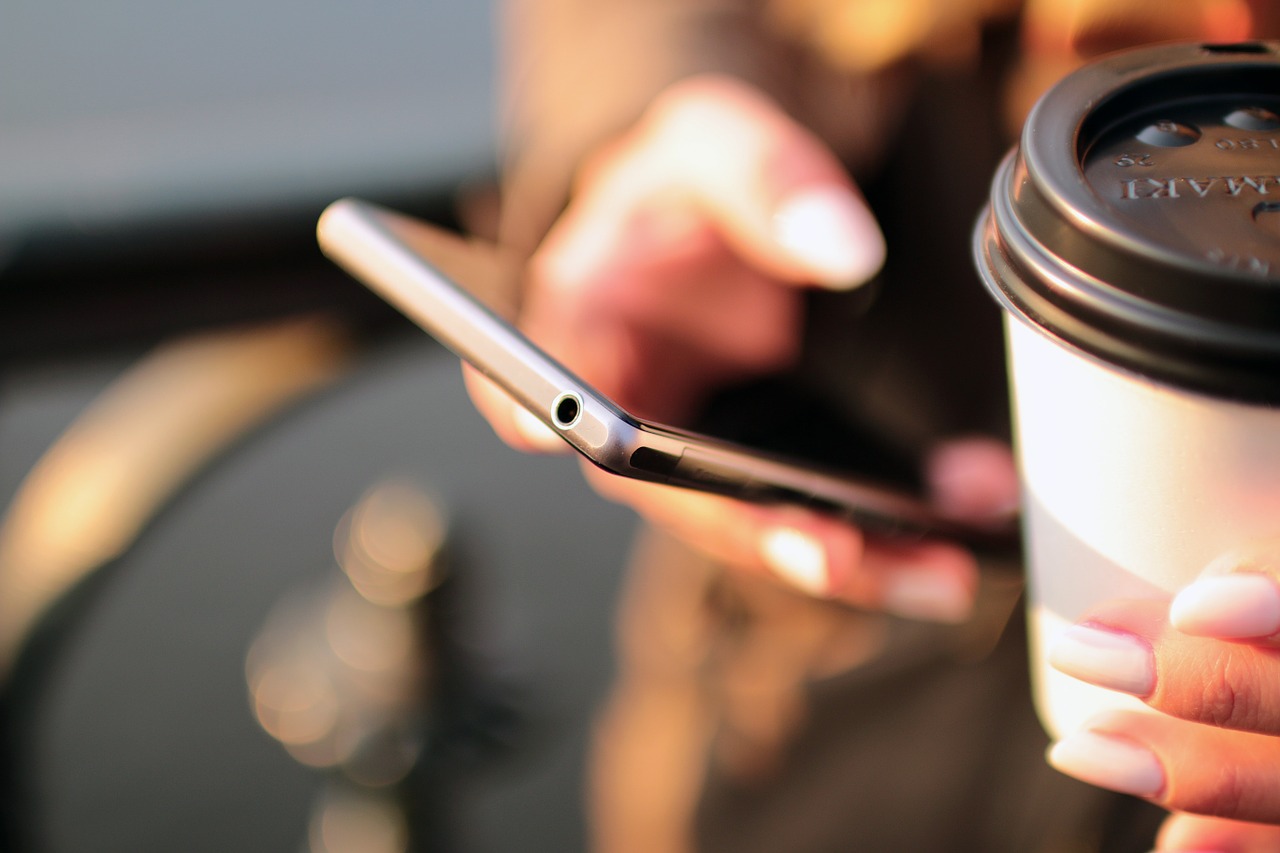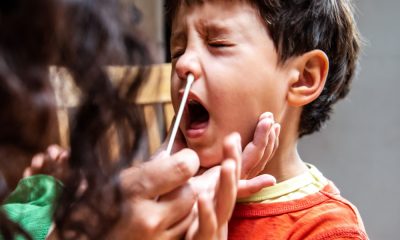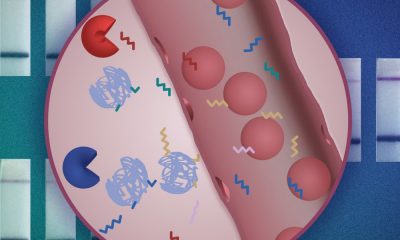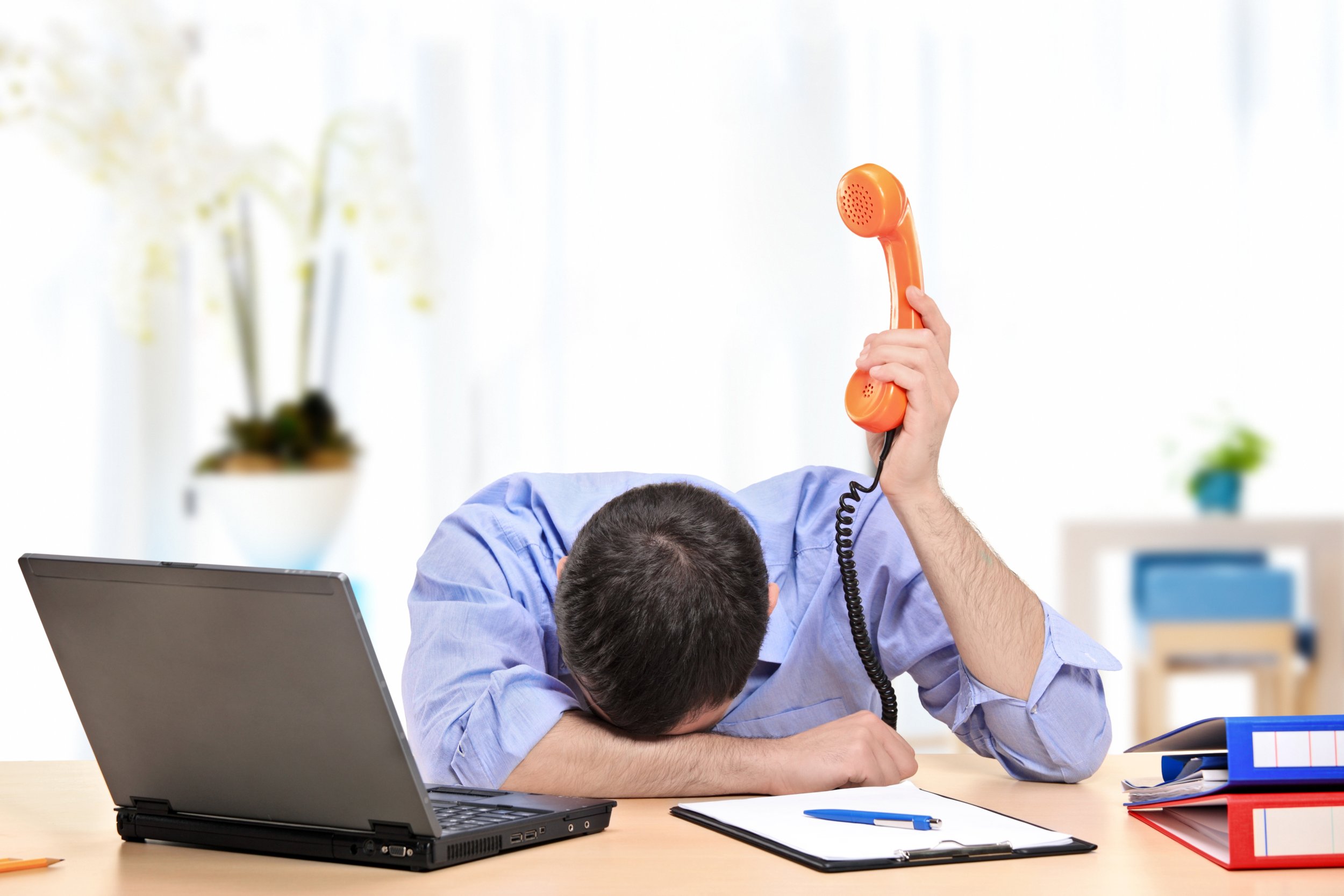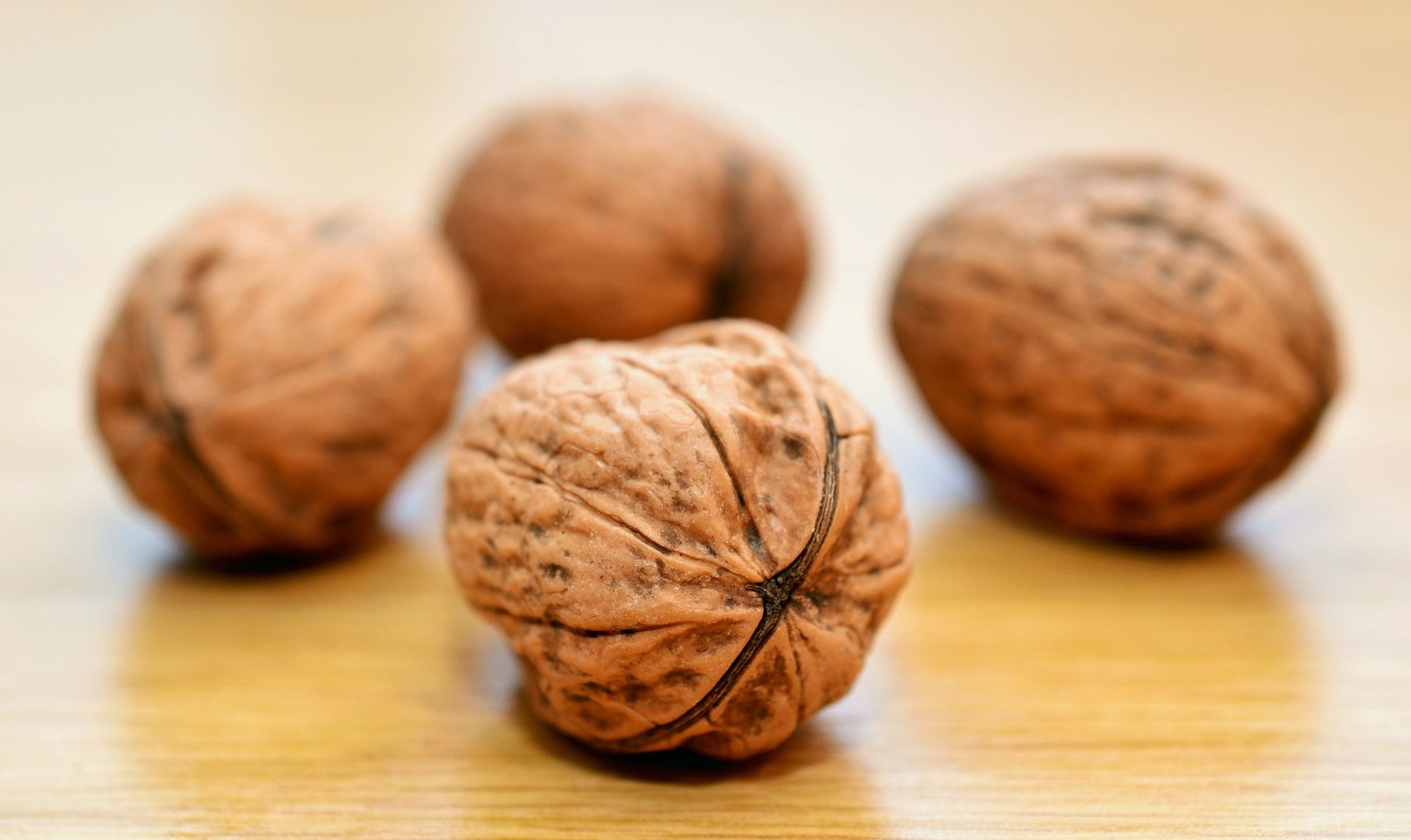Getting tested for COVID-19 has become a daunting task since newer variants, such as omicron, emerged. The long lines at clinics and the not-so-affordable at-home test kits also make it hard for everyone to know their COVID-19 status. But a promising solution is in the works.
The Bacticount App
Researchers from the University of California, Santa Barbara revealed in a new paper published in the journal JAMA Network Open last Friday that they have developed an easy-to-use system for testing the presence of SARS-CoV-2 in saliva specimens.
One has to download the team’s Bacticount smartphone app and purchase the $7 testing kit and a reactive solution to test a sample. There is also a need for a hot plate and a cardboard box with an LED light. The set-up involves putting the phone over the hot plate with the rear camera facing down.
To test a sample, place a saliva specimen on the testing kit, then drop a reactive solution designed to bind with viral materials. For their study, the researchers tested for both COVID-19 and the flu. Any presence of the virus will turn the solution bright red.
The Bacticount app will estimate the viral load present in the specimen based on how quickly the color reaction happens. The entire testing process takes about 25 minutes, and the sensitivity of the test is said to be at 1,000 copies/mL, the researchers wrote in their study.
An Affordable Solution
The system is called Smart-lamp, which is short for smartphone-based loop-mediated isothermal amplification. CNET said it’s the perfect solution for “low-income and middle-income countries” because it is cheap and easy to set up.
However, it might take some time before the method becomes widely available. It still needs a lot of vetting since the study only tested it using samples from 50 symptomatic and asymptomatic individuals in one Southern California area. Furthermore, the app has only been calibrated for use with the Samsung Galaxy S9 phones for now.
The UCSB scientists developed the technology primarily to aid testing in remote places with limited access to testing resources. But lead researcher Dr. Michael Mann told Gizmodo that they could also adapt it for at-home use in the country.
Initial data suggested it could be as accurate as PCR tests in detecting COVID-19. So, as the need for COVID testing continues into 2022, the Smart-lamp could come in handy at home. With some modifications, the system would be capable of detecting new COVID-19 variants and other pathogens.

